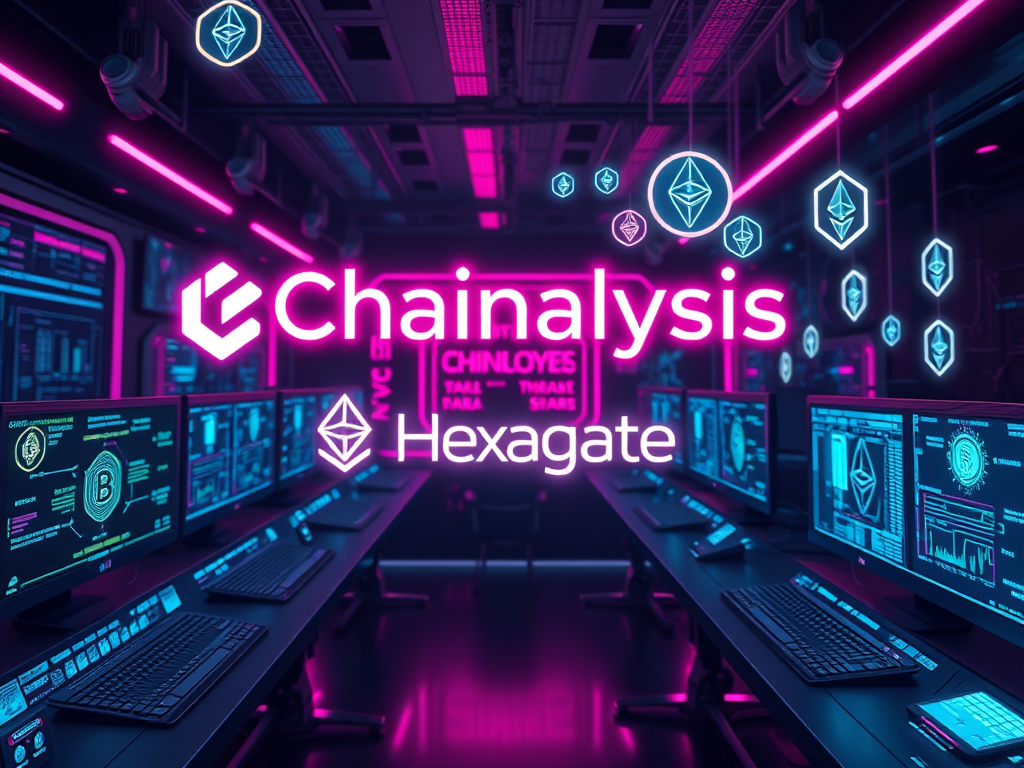Key Points
- Ethereum’s liquid restaking market achieved unprecedented growth in 2024, with Total Value Locked (TVL) soaring from $284 million to over $17 billion, representing one of DeFi’s most significant expansions this year.
- The surge reflects a fundamental shift in how investors approach digital asset staking, as Liquid Restaking Tokens (LRTs) enable simultaneous participation across multiple blockchain networks while maintaining liquidity.
The Rise of Liquid Restaking
The decentralized finance landscape witnessed a transformative development in 2024 as Ethereum’s liquid restaking protocols emerged as a dominant force. Data from DefiLlama reveals a staggering 6,000% increase in TVL, highlighting investors’ growing appetite for innovative staking solutions. This dramatic surge represents more than just numbers – it signals a paradigm shift in how digital assets are being utilized within the DeFi ecosystem.
Innovation in Staking Technology
At the heart of this growth lies a sophisticated evolution of traditional staking mechanisms. While conventional liquid staking already allowed users to receive derivative tokens like stETH for their staked Ethereum, liquid restaking introduces an additional layer of utility. This innovation enables investors to deploy their staking derivatives across multiple networks simultaneously, effectively multiplying their capital efficiency.
The process works by allowing users who have staked ETH in the Ethereum network to take their derivative tokens and stake them again in layer-2 networks or application-specific blockchains. This dual-purpose functionality has proven particularly attractive to investors seeking to maximize their returns while maintaining flexibility in their portfolios.
Navigating Risks in the New Frontier
Despite the remarkable growth and opportunities, the liquid restaking landscape presents unique challenges that demand careful consideration. The interconnected nature of these investments creates a more complex risk profile than traditional staking methods. Investors face potential risks including derivative token depegging, price volatility, and the possibility of cascading effects if issues arise in any of the participating networks.
The amplified exposure to multiple blockchain ecosystems means that while potential returns may be higher, the stakes are correspondingly elevated. Market participants must carefully weigh these factors against the benefits of increased capital efficiency and enhanced yield opportunities as this innovative sector continues to evolve.















